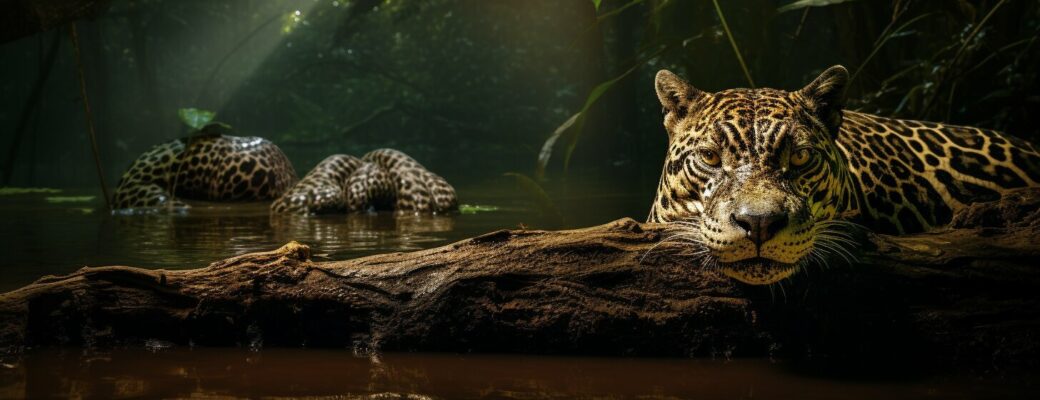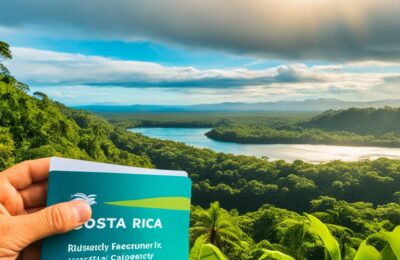Unveiling the Truth About Costa Rica’s Dangerous Animals
Costa Rica is more than just beautiful beaches and lush rainforests. It is also home to some of the world’s deadliest creatures lurking beneath the verdant canopy. Whether you’re an intrepid explorer or a nature enthusiast, it’s crucial to be aware of the potential dangers of Costa Rica’s wildlife.
From venomous snakes and scorpions to flesh-eating bacteria-carrying insects, there are many hazards to be aware of in this tropical paradise. In this article, we’ll explore some of the most dangerous animals in Costa Rica, so you can be prepared and stay safe.
Key Takeaways
- Costa Rica is home to many dangerous animals and insects.
- It’s important to be aware of the potential risks when exploring Costa Rica’s wildlife.
- Stay safe by taking precautions and following expert advice.
Venomous Animals in Costa Rica: Unraveling the Dangers
Costa Rica is home to a variety of venomous animals, including harmful reptiles such as snakes and lizards. Being aware of the dangers associated with these creatures is crucial for anyone exploring the country’s beautiful wilderness.
The most common venomous snakes found in Costa Rica are the fer-de-lance, coral snake, and bushmaster. These snakes are found in a variety of habitats, including rainforests and dry forests. It is important to be aware of their habitats and to avoid disturbing them.
In addition to snakes, Costa Rica is also home to venomous lizards such as the Gila monster and the beaded lizard. These lizards are found in the drier regions of the country and can deliver a painful bite if provoked.
| Species | Location | Danger |
|---|---|---|
| Fer-de-lance | Found throughout Costa Rica | Highly venomous and responsible for many bites each year. |
| Coral snake | Found in the Pacific and Caribbean regions | Extremely venomous and bites can be fatal. |
| Bushmaster | Found in the Pacific region | One of the most venomous snakes in the region and can also deliver a high quantity of venom in a single bite. |
Visitors should also be cautious of other venomous creatures such as spiders and scorpions. The wandering spider, also known as the banana spider, is considered to be one of the most venomous spiders in Costa Rica and is found throughout the country. The bark scorpion is another dangerous creature found in the country and is known for its painful sting.
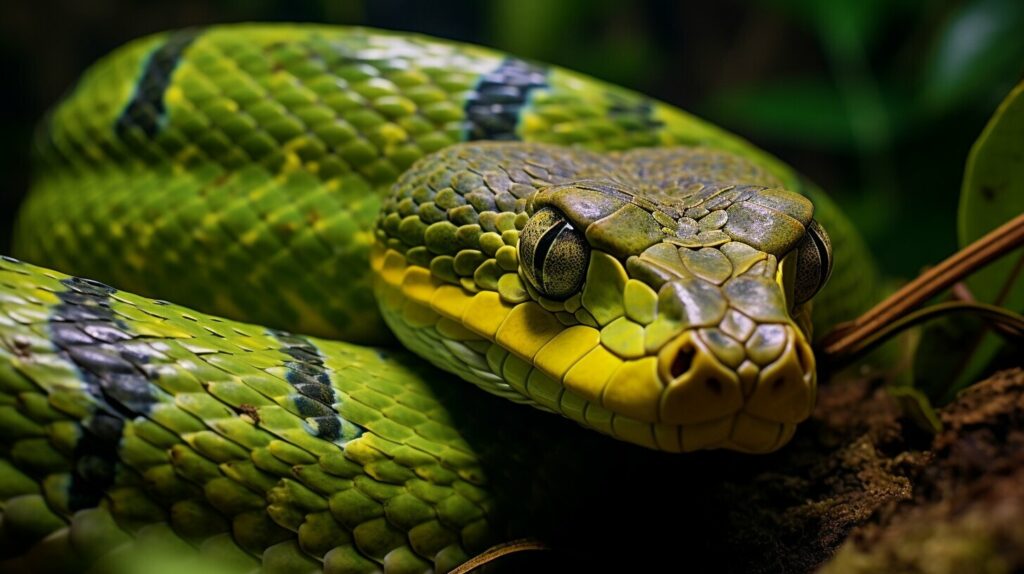
It is important to remember that these animals are not out to deliberately harm humans, but bites and stings can occur if they feel threatened or provoked. Visitors should always stay on designated trails, wear protective clothing and shoes, and avoid approaching or attempting to handle any wildlife.
Deadly Insects of Costa Rica: Beware of the Buzz
While Costa Rica is known for its stunning beauty and abundant wildlife, it is also home to some of the most dangerous insects in the world.
One of the most deadly insects in Costa Rica is the Brazilian wandering spider, also known as the banana spider. The venom from its bite can cause paralysis and even death in humans. Another venomous spider found in Costa Rica is the black widow spider, which can cause severe muscle pain and spasms.
Scorpions are also abundant in Costa Rica, with the most dangerous being the bark scorpion. Its venom can cause breathing difficulties, muscle spasms, and even death in young children and individuals with weakened immune systems.
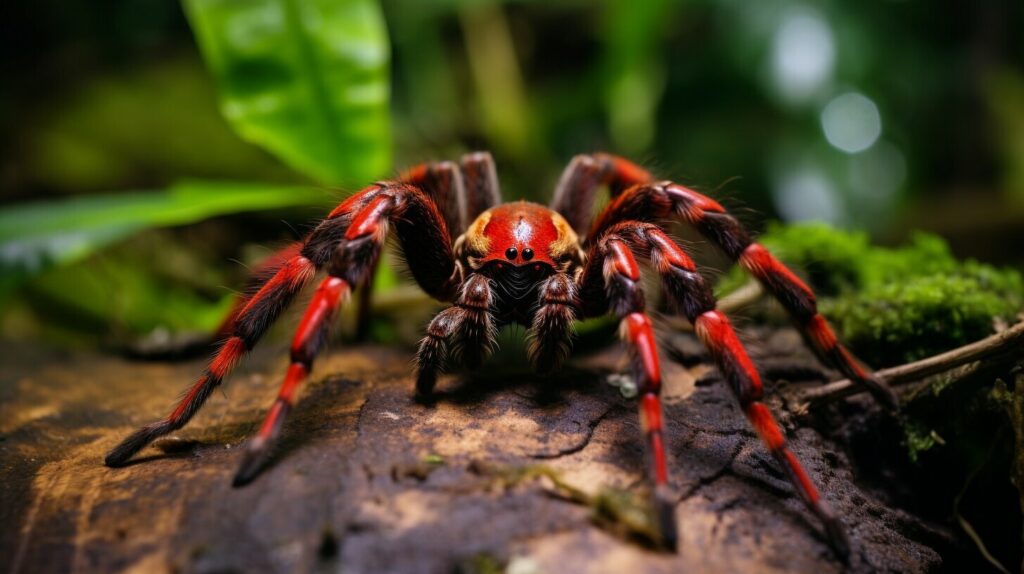
Other dangerous insects found in Costa Rica include the bullet ant, whose sting is said to be as painful as being shot, and the kissing bug, which can transmit the potentially deadly Chagas disease to humans.
It is crucial to take precautions when exploring Costa Rica’s wildlife to avoid these dangerous insects. Tourists should wear long-sleeved shirts and pants and use insect repellent containing at least 20% DEET. They should also avoid wearing perfumes or scented lotions, as they can attract insects.
If bitten or stung, seek medical attention immediately. Knowing the risks associated with these deadly insects can help visitors stay safe while enjoying all that Costa Rica has to offer.
The Most Dangerous Wildlife Encounters in Costa Rica
Costa Rica is home to some of the world’s most hazardous creatures, including deadly snakes and other risky animals. Visitors to this tropical paradise must exercise caution to avoid dangerous encounters.
One of the most significant threats to visitors is venomous snakes. The Fer-de-Lance, a pit viper, is responsible for the majority of snake bites in Costa Rica and can cause severe injury or even death. Other dangerous snakes to watch out for include the Bushmaster and the Coral Snake.
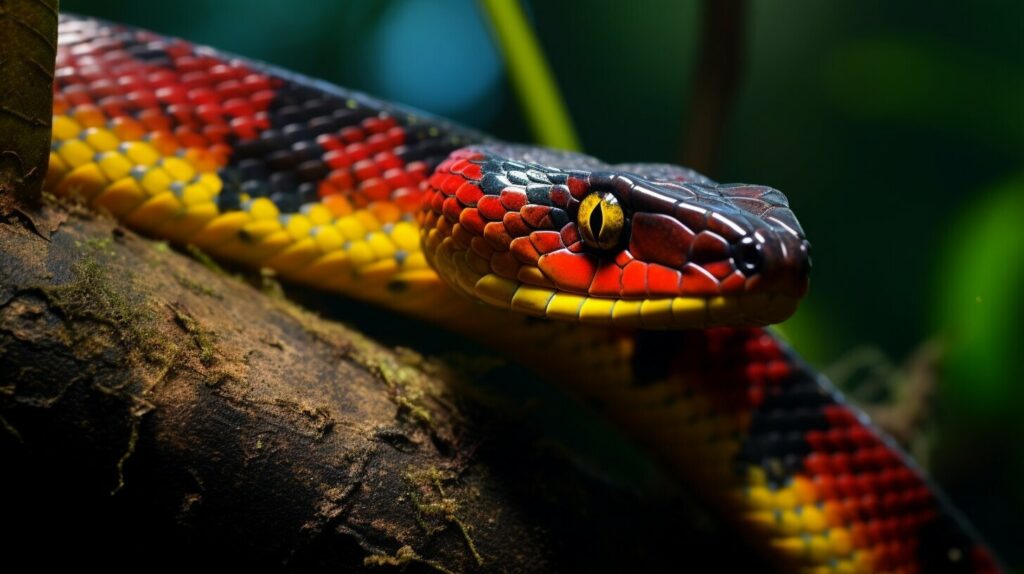
Despite snakes being a significant threat, visitors must also be mindful of other hazardous creatures. Crocodiles are commonly found in Costa Rica’s rivers and canals and have been known to attack humans. Dangerous spiders, such as the Brown Recluse and the Black Widow, are also a concern.
It is essential to avoid contact with Costa Rica’s wildlife. Visitors should not approach animals or attempt to touch them, no matter how harmless they may seem. Additionally, it is crucial to wear appropriate footwear and clothing when exploring the country’s natural habitats.
If a visitor encounters a dangerous animal, they should remain calm and slowly back away. Running or making sudden movements can trigger an attack. It is also recommended to seek medical attention immediately if bitten or stung by a hazardous creature.
Protecting Yourself: Safety Tips for Exploring Costa Rica’s Wildlife
While Costa Rica’s wildlife is undoubtedly fascinating, it’s important to remember that many of its animals can pose serious risks to human safety. To ensure that you can explore this beautiful country’s natural habitats safely, it’s essential to follow some basic safety guidelines.
Firstly, always stay on designated trails when exploring Costa Rica’s national parks. Straying from the paths can put you at risk of encountering dangerous animals such as snakes or spiders, and getting lost in the wilderness can be extremely hazardous.
Secondly, when hiking or exploring in the wild, wear protective clothing such as long pants, closed-toe shoes, and long-sleeved shirts to minimize the risk of insect or snake bites. Mosquito repellent is also highly recommended.
If you do encounter a venomous animal, do not attempt to handle or approach it. Keep a safe distance and notify park rangers or authorities immediately.
It’s also important to be aware of the dangers associated with swimming in Costa Rica’s rivers and oceans. Crocodiles, sharks, and other dangerous marine creatures can pose serious risks to swimmers and surfers. Always swim in designated areas and heed any warning signs or instructions from the authorities.
Finally, if you’re planning to explore Costa Rica’s wildlife, consider taking a guided tour with a reputable operator. Experienced guides can provide valuable insight into the behavior of different animals and help ensure your safety throughout the experience.
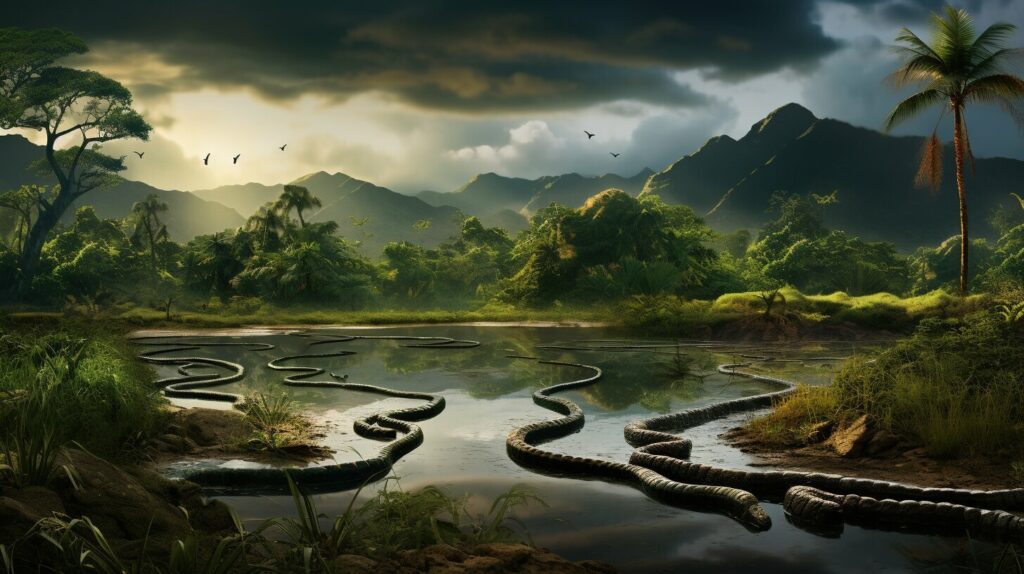
By following these simple safety tips, you can explore Costa Rica’s stunning wildlife without putting yourself at unnecessary risk. Remember, while the country’s animals may be beautiful, they should always be treated with respect and caution.
Conclusion
While Costa Rica is widely recognized for its stunning beaches, lush rainforests, and diverse wildlife, visitors need to be aware of the potential dangers posed by Costa Rica’s dangerous animals.
Understanding the country’s venomous snakes, deadly insects, and other hazardous creatures is crucial when exploring Costa Rica’s wildlife. Of course, visitors should not let these risks discourage them from experiencing the country’s spectacular biodiversity.
By following safety tips and precautions, such as wearing appropriate clothing, staying on designated trails, and seeking medical attention in the event of an emergency, it’s possible to enjoy a safe and memorable experience in Costa Rica.
Ultimately, it is important to respect the country’s wildlife and be mindful of the potential dangers posed by Costa Rica’s dangerous animals. A greater understanding of these creatures will not only help visitors stay safe but will also allow them to appreciate the beauty and complexity of Costa Rica’s unique ecosystems.
FAQ
Q: Are there dangerous animals in Costa Rica?
A: Yes, Costa Rica is home to a variety of dangerous animals, including venomous snakes, deadly insects, and other hazardous creatures.
Q: What are some of the venomous animals in Costa Rica?
A: Venomous animals found in Costa Rica include snakes and reptiles, such as the fer-de-lance snake and the venomous coral snake.
Q: What risks are associated with bites and stings from insects in Costa Rica?
A: Bites and stings from insects in Costa Rica can pose serious risks, with spiders and scorpions being some of the most dangerous creatures to watch out for.
Q: What are some of the most dangerous wildlife encounters in Costa Rica?
A: Deadly encounters can occur with venomous snakes, as well as other hazardous creatures like the poison dart frog and the aggressive Central American crocodile.
Q: How can I protect myself while exploring Costa Rica’s wildlife?
A: It is important to take safety precautions when exploring Costa Rica’s wildlife, including staying on designated paths, wearing appropriate clothing, and avoiding unnecessary contact with animals.

